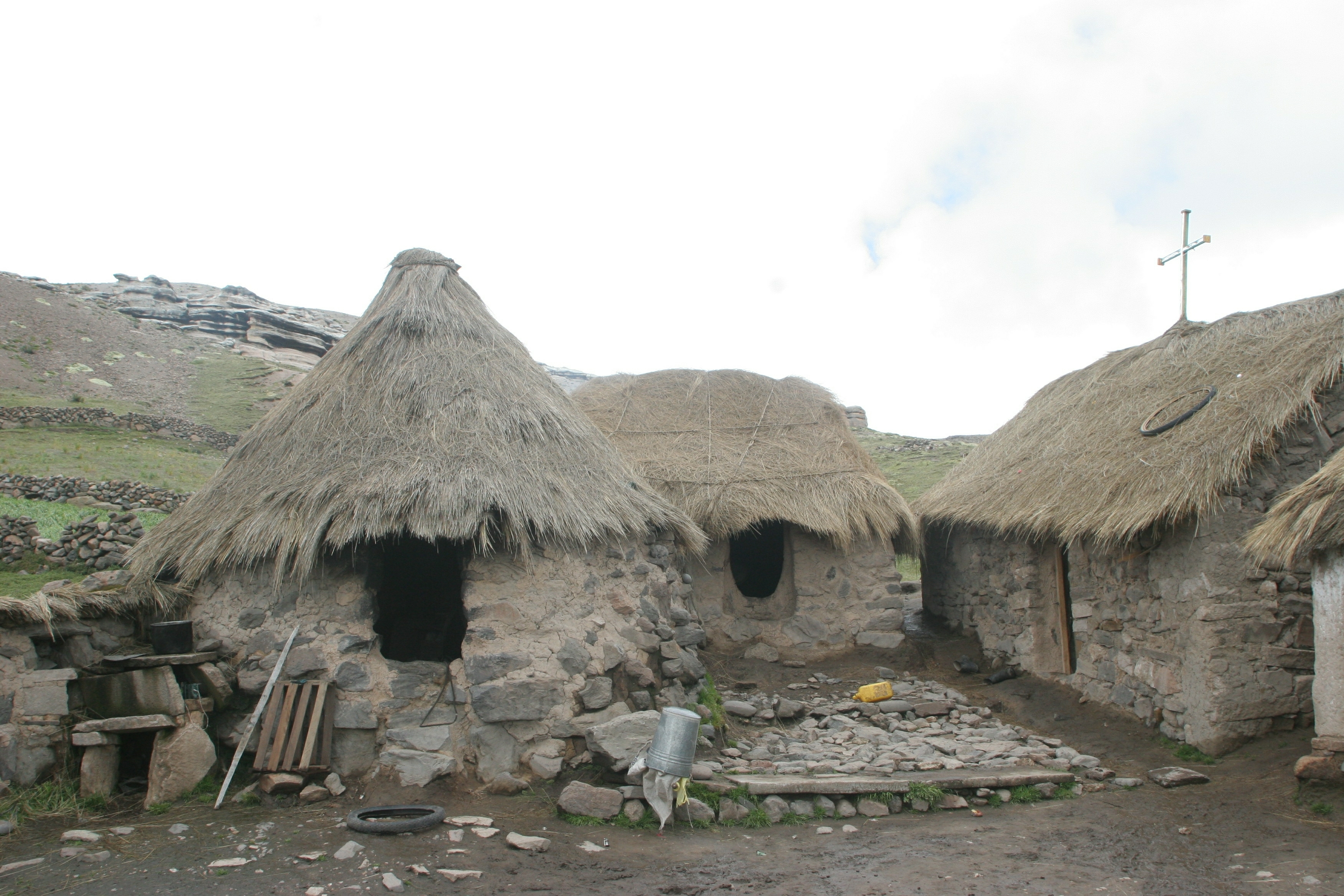Snow and home

The rain turned to snow last night here in Boston. More snow—after a winter of plenty of it. But I don’t mind. I love the snow, and it fell just in time for Oxfam colleagues flying in this weekend from warmer climates where only birds wear down, not people. So the call went out for loaner parkas. I found a few in our closet, cast-offs from other decades and other families. What they lack in style they make up for in serviceability. I stuffed them into a sack and dragged them with me onto the train this morning.
Heat puffed from the radiators and rolled over the seats. I took one by a window and watched the morning sun soak the snow—cold, but inviting from my commuter’s cocoon where I sat padded by parkas in a swirl of warm air. And when I’m comfortable like that—sleepy in the heat that an ample supply of diesel can provide—I often think about how the snow must feel to people who don’t have those luxuries.
Cold. So cold—especially if the only place from which to escape the snow is a stone hut in the Peruvian Andes at nearly 16,000 feet above sea level. I visited one of those villages a couple of years ago after Oxfam had helped it to recover from a severe cold snap that had killed many of the alpacas and llamas villagers depend on for their incomes. In this barren landscape, people rely on dung and a spiky grass called ichu for fuel for the small cooking fires inside their huts. There are no furnaces or electric baseboards there, no hissing radiators or radiant heat in the flooring.
Flurries were falling the day we visited in March. A thin blanket of white covered some of the mountain pastures. I had on every stitch of clothing I had brought. But it’s not the cold I really remember from that day. It’s the resilience of a 39-year-old man named Jose Gonzalez Condo and what he said about Chinosiri, the mountain hamlet where he had lived his entire life: It’s home and he knew how to live with the elements.